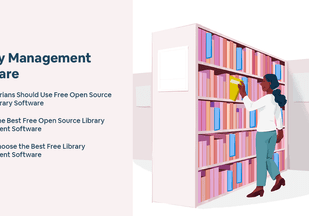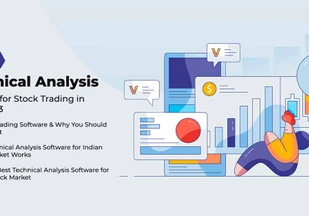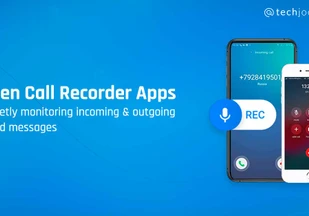Summary: There are multiple encryption methods available to keep your cloud data safe from security breaches. What other practices can you follow for data protection? Find the article below!
Organizations may face serious repercussions if their cloud data is stolen or misused by hackers. More than facing financial losses, it can also impact their reputation, and let hackers access sensitive information. Therefore, maintaining data security in cloud computing is important to avoid these problems and maintain data integrity.
Maintaining security and privacy in cloud computing is just one aspect of data security. Implementing and monitoring compliance policies is also an integral part of cloud data security to prevent cloud misconfigurations and any data breaches. Learn more about the growing relevance of data security in cloud computing in the article below.
Table of Contents
What is Data Security in Cloud Computing?


Data security in cloud computing can be defined as the use of various technologies, policies, and procedures to prevent the misuse and alteration of cloud data. The security measures to be implemented depend on the data type and its relevance in comparison to other data types. The implementation of security protocols applies to data in motion, and at rest.
Data security is maintained to eliminate issues like unauthorized use of data, alteration of data, criminal activity, compromised login credentials, and a lot more. Hence, investing in data security is indispensable for businesses to get rid of these issues and maintain data integrity.
Why is Data Security Important in Cloud Computing?
There are plenty of reasons why data security is an important aspect of the cloud computing such as-
- Minimize the risk of data being destroyed, altered, or stolen.
- Ensure only authorized users have access to confidential information.
- Prevent financial loss culminating from data breaches and theft.
- Mitigate the degradation of the organization’s reputation among the customers.
- Understand who has access to the cloud data and from where.
Major Data Security Threats in Cloud Computing
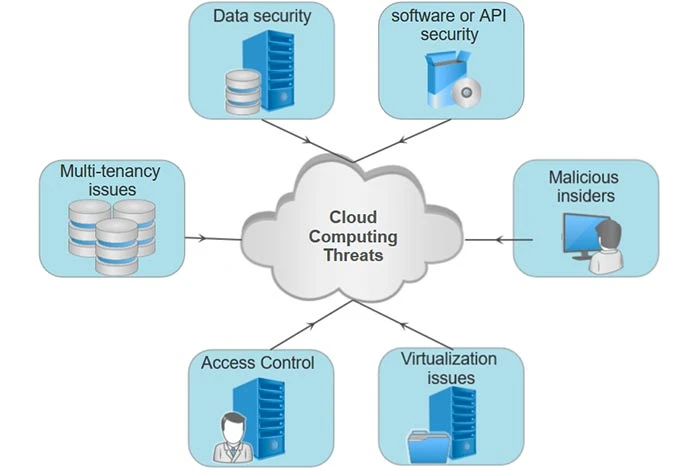

There are multiple threats an organization faces when its data stays in the cloud environment. If these threats are not remediated on time then they might affect business’s reputation and cause financial losses in the long run. Some of the most common cloud computing threats to data security faced by organizations are:
- Account Hacking: Account hacking takes place when an individual gets access to the organization’s cloud or employee’s account. When the account gets hacked, the hacker gets access to the cloud data and may use it for illegal activities such as posting data on illegal websites or changing login credentials to deny access to the cloud.
- Unsafe application programming interfaces (APIs): Most cloud applications depend on APIs for authentication and access purposes. However, if left unprotected, these unsecured APIs can help hackers access the user’s sensitive information.
- Denial of Service (DoS) attacks: Under these DoS attacks, the hackers might deny access to the company resources and redirect users to other websites by flooding them with malicious requests. This might make it difficult for users to access websites and cloud resources.
- Access Control and Unauthorized Usage: When the access permissions are not configured and monitored properly, hackers might gain login credentials. This provides them with access to the company’s sensitive data which can be used for illegal activity.
- Insider Threats: Insider threats refer to the data security breaches committed by an organized existing or ex-employee. These employees having access to the login credentials and passwords may leak confidential information leading to the data breach or may even manipulate the available data.
- Cloud Misconfiguration: Cloud misconfiguration quickly makes the data prone to several types of data breaches. This may happen because of weak passwords, improper management of permissions, weak data encryption, or some other reason. Any of these situations might make your data susceptible to breaches.
Suggested Read: Best Cloud Security Tools List | How to Keep your Applicant and Employee Data Secure
Best Cloud Data Security Practices to Protect Data
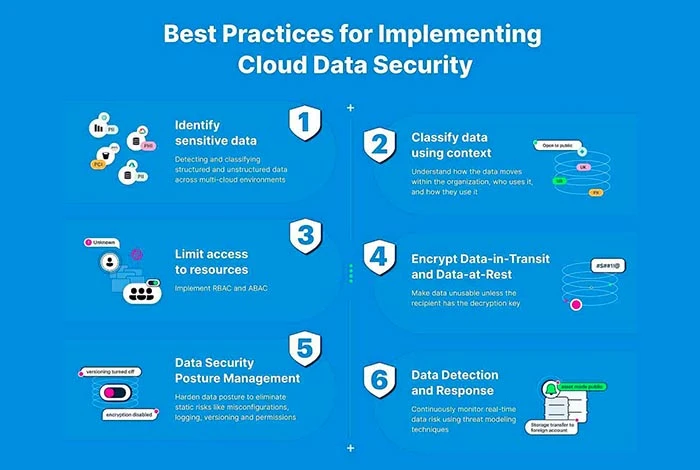

To protect the cloud data from any type of breach or theft, here are some of the best cloud security practices you can follow-
- Data Encryption
You can encrypt all the data before transferring it to the cloud with multiple encryptions, to keep it secure even at the time of theft. This would make it difficult for hackers to decode the data. Some common encryptions you can use include Advanced Encryption Standard (AES), Data Encryption Standard (DES), Triple DES (TDES), Twofish, etc. All these methods can protect data in transit, at rest, or for end-to-end data usage.
- Restricting the Access Permission
Managing these permissions at the granular level would ensure only the right personnel get access to the information and unauthorized access is immediately blocked. To maintain security, users can also provision and deprovision accounts and use MFA methods. Moreover, tracking each identity would help you keep a record of which person is using which identity and for what purpose, thus strengthening cloud security and preventing compromised login credentials.
- Improved Visibility Across the Cloud Infrastructure
The complete visibility over the cloud infrastructure would help identify all misconfigurations, security, or any vulnerabilities. This can be used to gain valuable insights and implement necessary remediations to eliminate vulnerabilities.
- Using a Data Loss Prevention Tool
Using a data loss prevention tool would ensure that sensitive data or information does not get leaked outside the organization. These tools monitor the network traffic via the SSL inspection and when any data breach is detected on the network, it is immediately blocked. This helps detect and prevent information from flowing outside the organization.
- Improved Cloud security posture management
Improving cloud security posture management is essential to identify cloud misconfigurations. Once issues are detected, automatic remedies are implemented. It also prevents compliance issues through constant monitoring.
- Implement Recovery Plan
Devising and implementing a data recovery plan is essential to recover all data and information when data is compromised or deleted. To recover data, you can create a backup of your data which is updated regularly. The data backup should also be protected with various security protocols and should be stored in different locations.
Suggested Read: What is Cloud Computing? (with Examples) | What is Cloud Migration? Benefits, Types & Strategy?
Conclusion
Strengthening the cloud’s security prevents the misuse or leakage of cloud data. Further, with the real-time monitoring of the cloud infrastructure, organizations can detect any security threats at the earliest and make necessary changes to remediate them.
Related Categories: Data Security Solutions | Data Security Software | Cloud Security Services | Cloud Management Service | Cyber Security Software
FAQs
- What is data security in cloud computing?
Cloud data security covers all types of software, policies, or security measures that help protect cloud data against theft and leakage. It also includes managing role-based permissions to prevent unauthorized data usage.
- What are the types of security in cloud computing?
There are different types of security in cloud computing including data security, permissions management, cloud visibility, and compliance management.
- What are the top 5 security issues in cloud computing?
There are different types of security issues that might take place when your data is stored in the cloud infrastructure. Some of the issues users may witness include denial of service attacks, data breaches, exposure of login credentials, ransomware attacks, and compliance issues.













